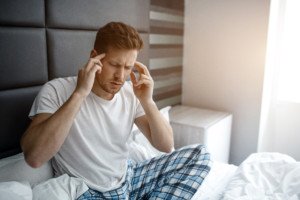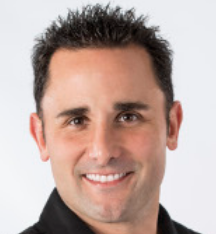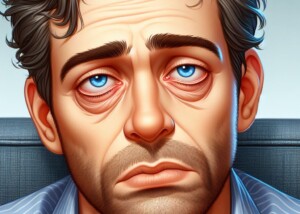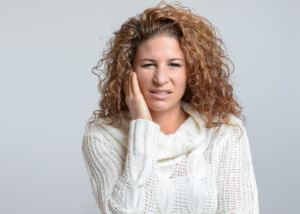
“The reason a TMJ disorder can cause ears to clog during sleep is the same reason it can cause ears to clog while awake,” says a dentist who specializes in the treatment of temporomandibular joint disorder.
Poor Jaw Position
“Patients with TMJ disorders frequently have a destructive bite with worn-down teeth that forces their lower jaw backwards,” says Jeffrey Haddad, DDS, of Doolin Haddad Advanced Dentistry in Rochester, MI.
TMJ disorder is also known as TMD. ear to clog
“This backwards positioning can cause narrowing of a person’s airway while they sleep, which leads to obstructive sleep apnea,” continues Dr. Haddad.
“Conversely, a person with an obstructed airway may clench and grind their teeth, which can wear down the teeth and deteriorate the bite, leading to TMD symptoms and pain. ear clog
“It’s a bit of the chicken or egg syndrome, but the patient isn’t concerned with which problem came first; they just want to feel better.
“Also, many patients sleep on their backs and have very weak jaw muscles that lack the support needed for proper posturing of the lower jaw.
“Gravity, in addition to these weak jaw muscles, causes the mandible to fall back which can compress the TM joints.
“This can result in the compression of numerous blood vessels, nerves and ligaments that exit and enter this area, offering blood supply, innervation and support to the structures of the ears.
“If this tension compresses these very sensitive nerves and blood vessels around the ears, symptoms like ear ringing, ear congestion (blockage or clogging), hearing loss and vertigo (dizziness) can occur.”
Remedies for Clogged Ears During Sleep Caused by TMJ Disorder
• See your treating dentist. Clogged ears
• Consider a wedge pillow that elevates the torso.
Elevation of only the head is NOT sufficient.
• A wedge pillow or elevating the foot of the bed (if possible) will reduce the effects of gravity that cause the jaw to slip backwards.
• Try sleeping on your side. Ears clog tmj
• If side sleeping is out of the question, turn your head a little while sleeping on your back. Experiment with positional permutations and pillows.
Another Point to Consider
Dr. Haddad explains, “It is estimated 75 percent of people with TMD also have sleep breathing disorders such as snoring and sleep apnea, which have become huge health concerns in today’s medical community.
“Concurrently, 52 percent of people with sleep disorders have the potential for TMD problems, which means that these are really the same group of people and should be treated using a dual approach for proper care of the patient.”
Though a person with TMJ disorder may resist the idea of undergoing a sleep study to see if they have obstructive sleep apnea, a person who’s already been diagnosed with obstructive sleep apnea should find it less off-putting to get a TMJ disorder screening.
Nevertheless, both groups of patients need an examination to see if they have the other condition.

Dr. Haddad lectures nationally on cosmetic dentistry, TMJ disorders and practice marketing, and utilizes the latest technology to ensure the utmost in patient comfort and care.
 Lorra Garrick has been covering medical, fitness and cybersecurity topics for many years, having written thousands of articles for print magazines and websites, including as a ghostwriter. She’s also a former ACE-certified personal trainer.
Lorra Garrick has been covering medical, fitness and cybersecurity topics for many years, having written thousands of articles for print magazines and websites, including as a ghostwriter. She’s also a former ACE-certified personal trainer.
.


























